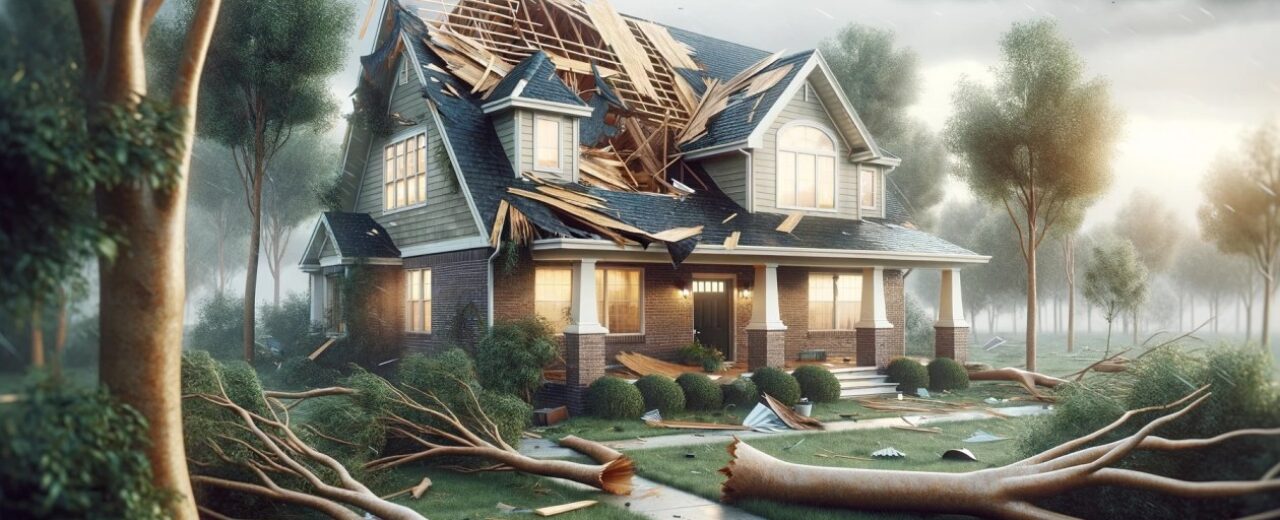How to Handle Roof Storm Damage: A Step-by-Step Guide
Storms can be unpredictable and destructive, leaving homeowners with extensive roof damage. From high winds to heavy rain and hail, storm-related roof damage can lead to leaks, structural issues, and costly repairs. Knowing what steps to take after a storm can save you time, money, and stress. Here’s a step-by-step guide to handling roof storm damage efficiently and effectively.
1. Assess the Damage Safely
After the storm passes, inspect your home’s exterior for visible signs of damage. Some common indicators include:
- Missing or damaged shingles
- Dented or cracked roof surfaces (from hail or debris)
- Water leaks inside your home
- Sagging or weakened sections of the roof
Safety Tip: Avoid climbing onto the roof yourself if it’s unstable or wet. Use binoculars or inspect from the ground.
2. Document the Damage
Before making any temporary fixes, take clear photos and videos of the damage. This will be useful for insurance claims and contractor estimates. Capture multiple angles from the ground and inside your home if there are leaks or water stains.
3. Prevent Further Damage
If your roof has holes, leaks, or exposed areas, take steps to minimize further harm:
- Cover exposed areas with a tarp to prevent water damage.
- Place buckets or containers under leaks inside your home.
- Remove loose debris from gutters and drains to avoid clogging.
4. Contact Your Insurance Provider
Call your homeowner’s insurance company to report the damage. Please provide them with the documentation you have gathered and ask about the claims process. They may send an adjuster to inspect the damage before approving your claim.
5. Hire a Professional Roofing Contractor
Find a reputable, licensed roofing contractor to assess and repair the damage. Look for contractors who:
- Have experience with storm damage repairs
- Are adequately insured and licensed
- Offer free inspections and estimates
- Can provide references from past customers
Beware of Storm Chasers: Some out-of-town contractors may offer quick, cheap fixes after significant storms but disappear after getting paid. Always verify credentials before hiring.
6. Schedule Roof Repairs Promptly
Once your claim is processed and you’ve chosen a contractor, schedule repairs as soon as possible. Delaying repairs can lead to further deterioration, mold growth, and higher repair costs.
7. Strengthen Your Roof for Future Storms
To minimize future storm damage, consider:
- Upgrading to impact-resistant shingles
- Installing hurricane straps or reinforced roofing materials
- Scheduling regular roof inspections and maintenance
Final Thoughts
Dealing with storm damage can be overwhelming, but taking the proper steps ensures a smoother recovery process. By assessing the damage, documenting it properly, working with your insurance provider, and hiring a trusted contractor, you can restore your roof and protect your home from future storms.


